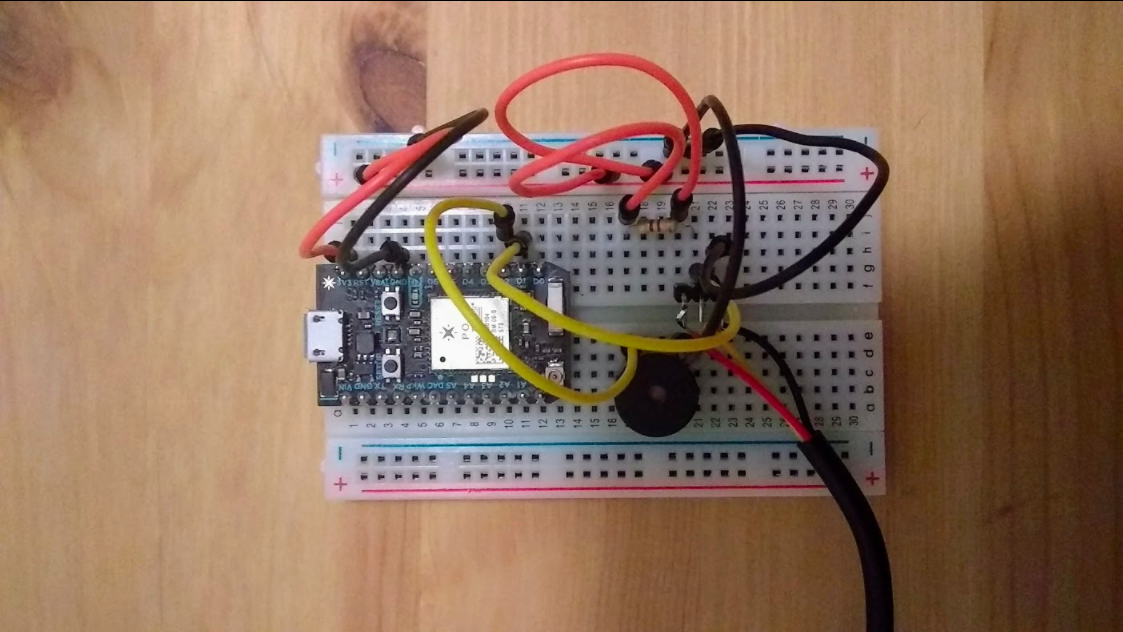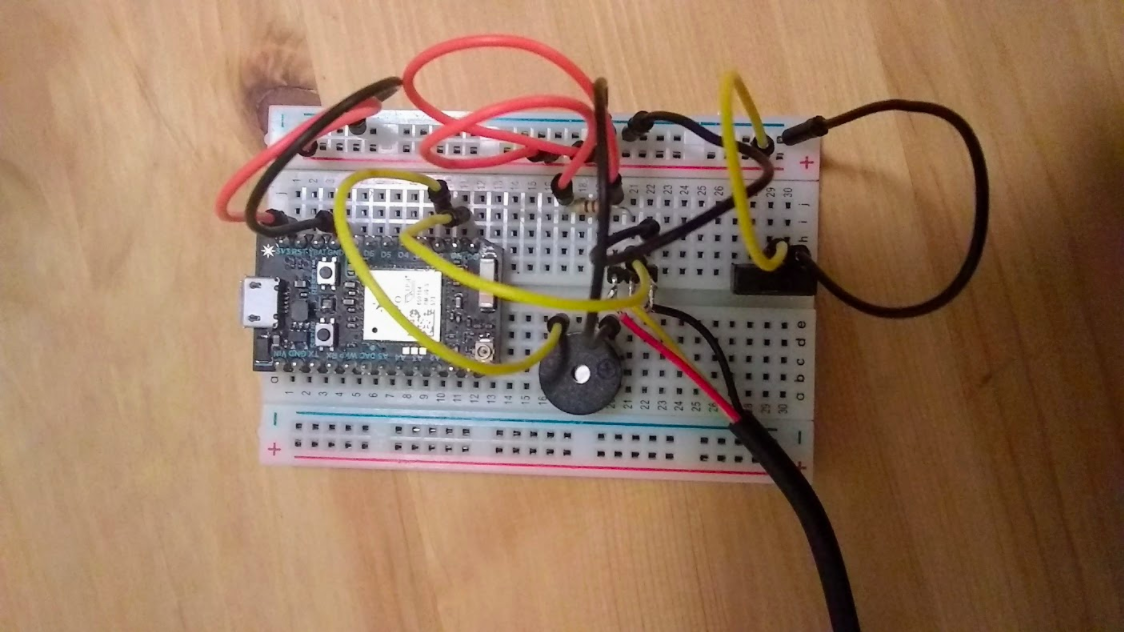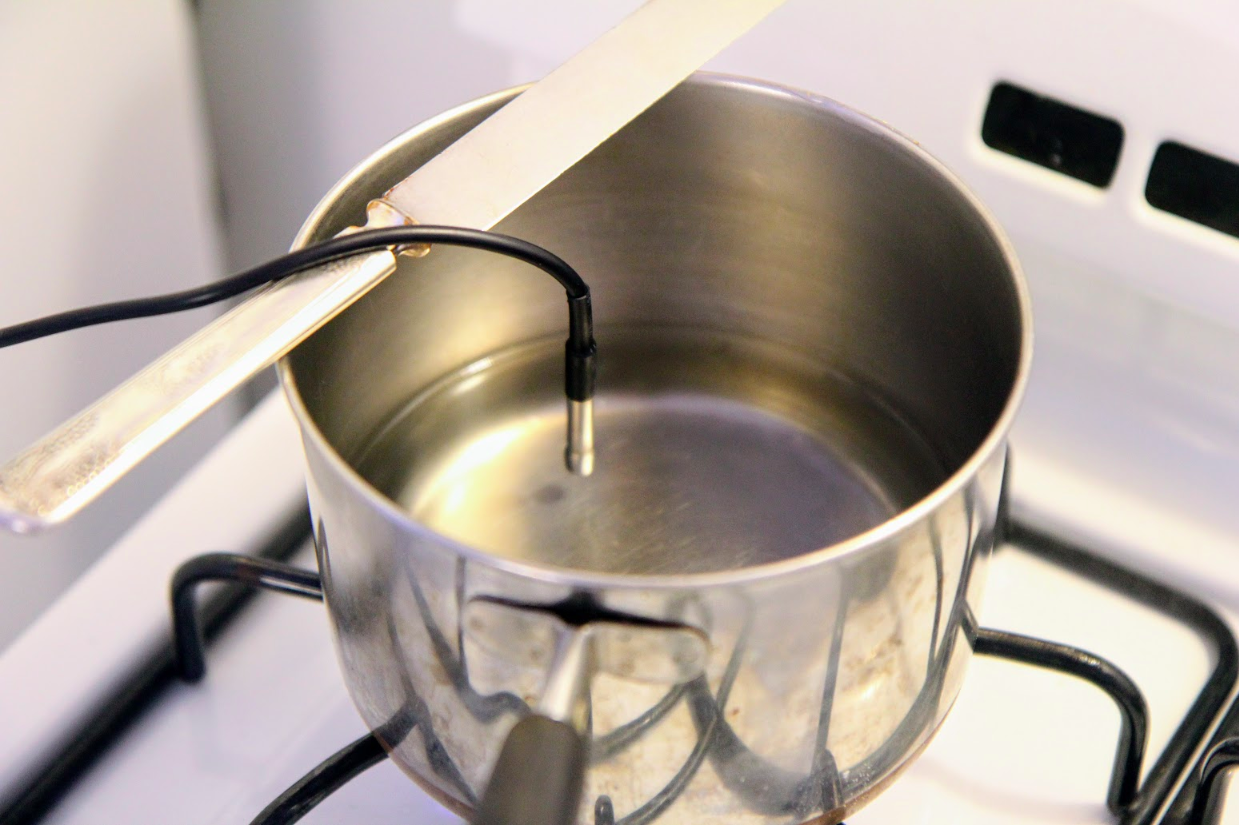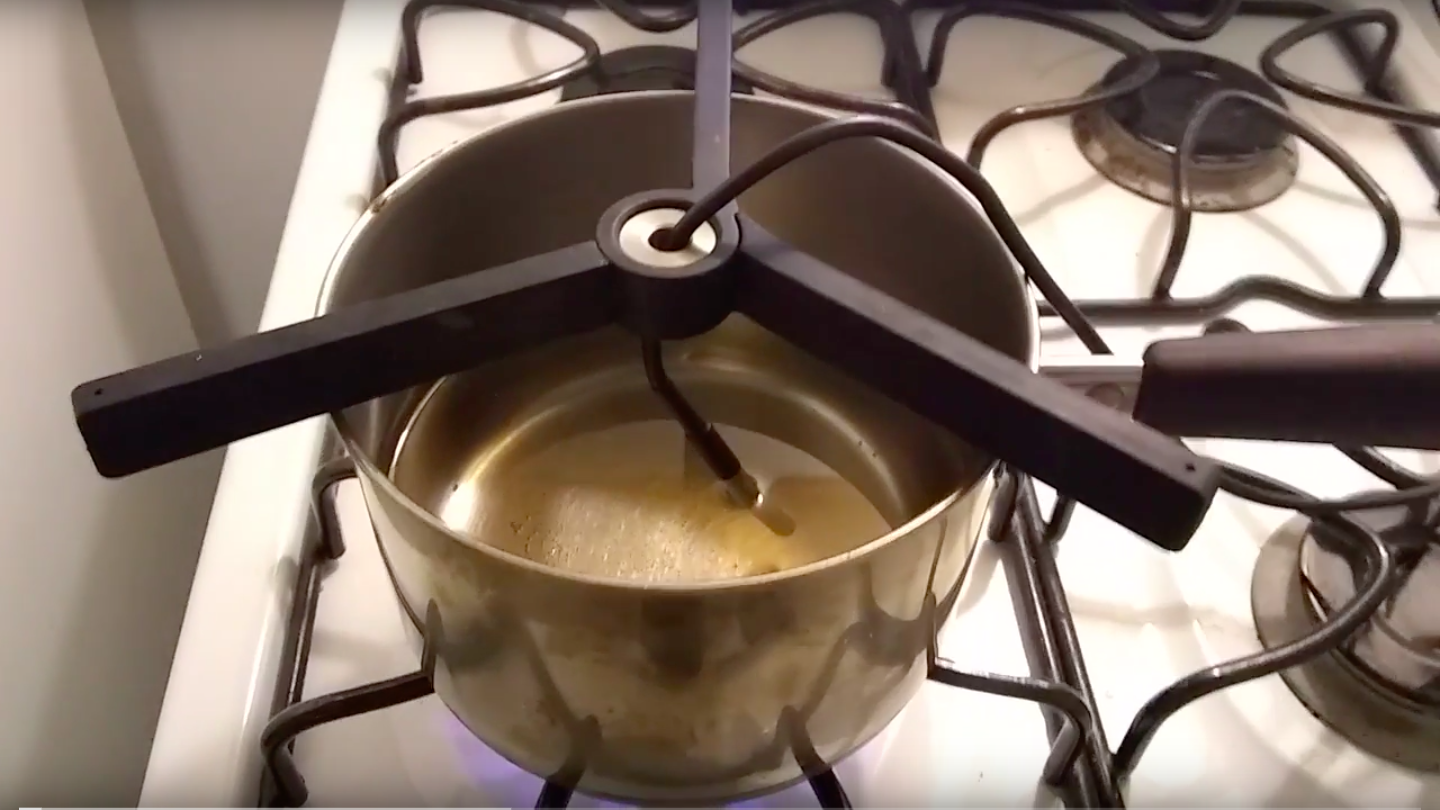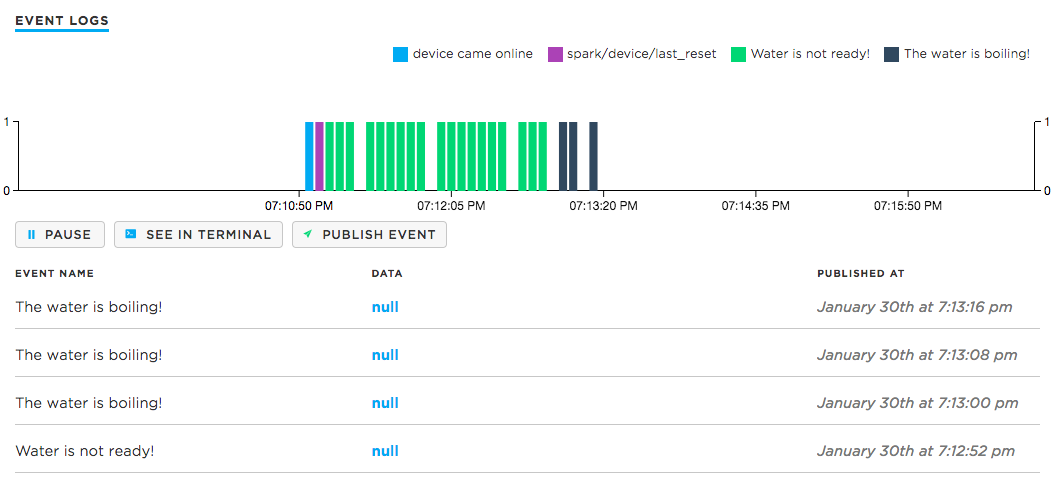Problem Statement
I designed this product for my husband, Carlos, who loves to drink tea but finds the process of making it somewhat inconvenient. We don't have a tea kettle in our house so he makes tea by boiling water in a saucepan on the stove. The process usually unfolds in the following steps:
- Place saucepan with water on stove and turn on heat
- Leave the kitchen and start another activity
- Return to kitchen to check if water is boiling
- Leave the kitchen and start an activity
- Lose track of time
- Return to kitchen to find that the water has been boiling for a while, sometimes for so long that the water level is too low and you need to add more water and wait again
Considering this problem, I set out to create an IoT device that would eliminate the need to keep checking the pot, the possibility that the water would begin to boil without Carlos' knowledge, and the resulting waste in water and energy.

